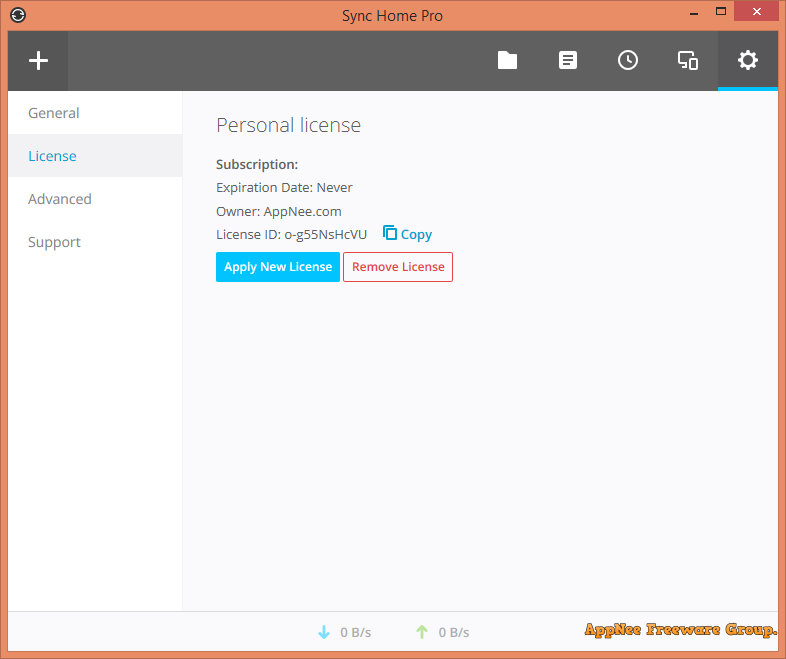

Basic two-way sync between 2 locations.That said, the Unison file synchronizer may be useful in scenarios such as: Without the ability to capture file changes in real-time, Unison (as well as rsync and other point-to-point tools) are not practical solutions for systems containing larger numbers of files. Another limitation is that changes to files may not always be captured and replicated. There are the caveats mentioned earlier around file sizes, number of files, network conditions, and so forth. And Unison file synchronization jobs don’t scale beyond the 2 systems.

Unison’s major limitations are primarily architectural: each of the 2 Unison systems are points of failure. Like Rsync (and other free tools like DirSync Pro to Synctoy), Unison also relies on scanning the file system and reading all files into memory to build an index of which files have changed. In modern implementations, as the number of files grows, or file sizes increase, Unison may bog down. Practically speaking, both Rsync and Unison were designed in the 90’s-Unison being released in 1998-when file sizes and file systems were much smaller, and there were fewer numbers of files. The big difference between Unison and Rsync is that Rsync is only unidirectional-i.e., syncs files one-way, from a source to a target system. Unison is a bit like a bidirectional version of Rsync that handles some level of version control. The Unison FAQ recommends keeping the same software versions on all replicas. from Unix to Windows) but according to the Unison Readme each system must include an OCaml compiler. Unison is cross platform and you can backup & sync files between different operating systems (e.g. You can install a graphical user interface or drive Unison from the command line. Unison runs on a variety of Unix-like operating systems (Linux, macOS/macOS X, Solaris, FreeBSD, et al) and Microsoft Windows. This is by no means real-time nor scalable, but may suffice for basic file backup use cases. Each spoke pairs with the hub thus, changes are only propagated between the hub and the one spoke. Unison also works in client-server, hub-and-spoke topology for backup & sync. In situations where Unison detects a conflict (e.g., when two users are updating the same file) it must be resolved manually. In Unison vernacular, each system is known as a replica. What’s different from other file synchronization tools like Rsync is that Unison is truly bidirectional: Users may create or change files and directories on either system. Unison provides bidirectional (two-way) file synchronization software.

Like sound coming together from two speakers, Unison does a solid job synchronizing smaller files and directories between (at most) 2 systems. Hidden in the back pockets of a few savvy system administrators is a free, mature, and open source file synchronization tool called Unison.


 0 kommentar(er)
0 kommentar(er)
